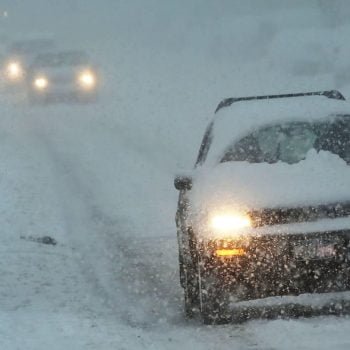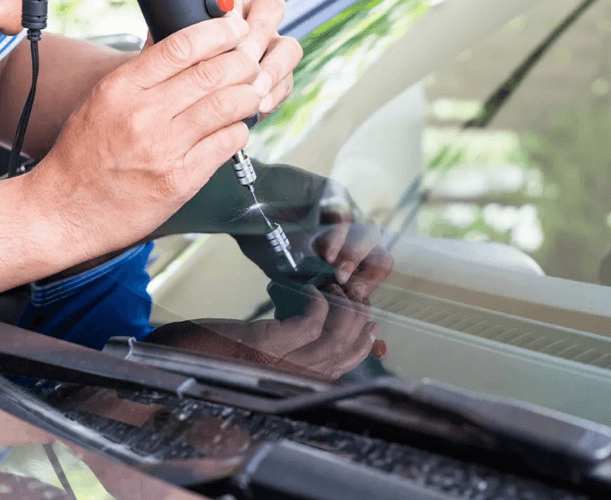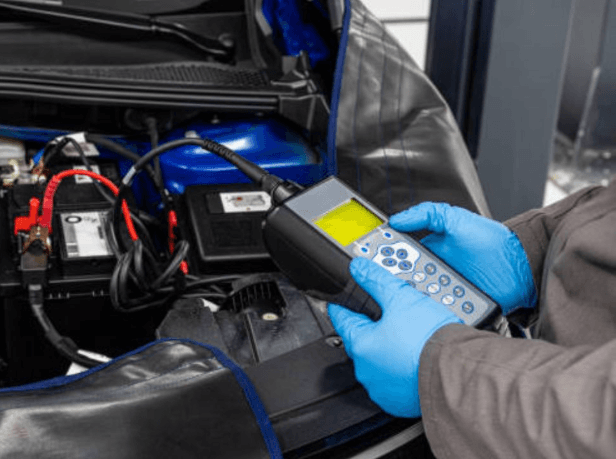In today’s world, fuel efficiency isn’t just a preference—it’s a necessity. With rising fuel prices and growing environmental concerns, understanding how your vehicle uses fuel can make a real difference.
You already know pressing the accelerator burns fuel. But what about when you release it?
Does letting go of the gas pedal still consume fuel? Let’s clear up the mystery.
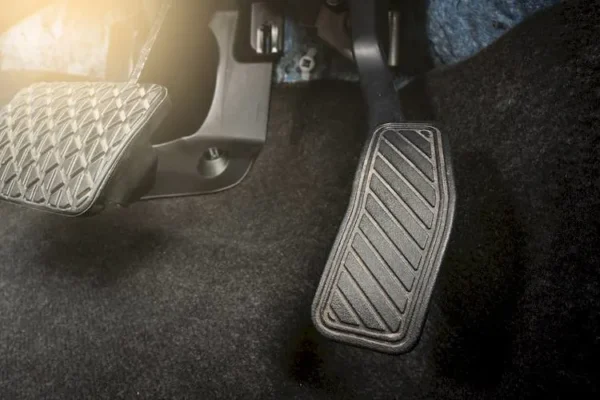
Releasing the Accelerator: Does It Burn Fuel?
You might assume that slowing down means using less fuel. While that’s mostly true, the details depend on how modern your car is and how it’s being driven.
Let’s break it down.
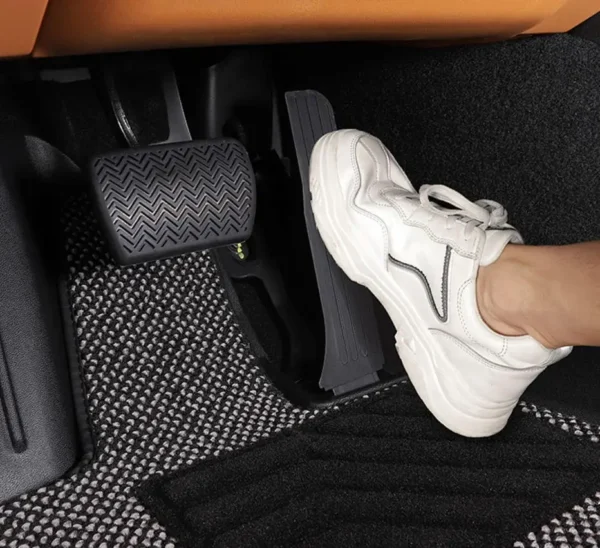
1. Engine Braking: Zero Fuel in Certain Conditions
Imagine you’re cruising at 60 mph in 4th gear, and you lift your foot off the gas pedal without touching the clutch.
The result? Your car starts to slow down through a process known as engine braking.
🔧 In modern fuel-injected vehicles, this triggers a temporary zero fuel injection state—meaning the engine uses no fuel at all while the car coasts down with momentum.
However, this fuel cut-off only lasts until the engine RPM drops below a specific threshold. Once it does, the car automatically resumes fuel injection to prevent stalling and maintain engine function.
✅ Bottom line: During engine braking (in gear, accelerator released), fuel consumption can hit zero—but not indefinitely.
2. DFCO: The Fuel-Saving Feature You Didn’t Know About
Many newer cars are equipped with a system called Deceleration Fuel Cut-Off (DFCO).
What does DFCO do?
It automatically cuts off fuel supply during deceleration, as long as:
-
You’re in gear
-
RPM is above the preset threshold
-
The accelerator is fully released
But DFCO doesn’t activate:
-
When the car is in neutral
-
When you’re coasting with the clutch in
-
At very low RPMs
💡 Think of DFCO as your car’s smart way of saying, “I don’t need fuel right now.”
3. What Happens in Neutral or at Idle?
When you’re idling in neutral, fuel is still being burned—just enough to keep the engine running. Even though your foot is off the gas, the car needs a small amount of fuel to idle.
Similarly, if you’re coasting in neutral or with the clutch pressed in, the car isn’t in DFCO mode—so fuel is still being injected, albeit minimally.
⛽ Fuel-saving tip: It’s often more efficient to engine brake in gear than to coast in neutral, especially in modern cars with DFCO.
4. Stationary vs. In Motion: What’s the Difference?
-
Stationary & Engine On = fuel burns constantly
-
In Motion & Accelerator Released (in gear) = fuel might not burn (thanks to DFCO)
Want proof?
Try this: Go down a hill with the heater on, your car in gear, and your foot off the accelerator. Notice how the heater blows cooler air? That’s because no fuel is being burned, and the engine heat is lower.
Just remember: if RPMs drop too low, fuel will resume to avoid engine stall.
Final Thoughts: Use Smart Driving to Save Fuel
So, does releasing the accelerator pedal burn fuel?
-
In modern cars with DFCO: Not always
-
In older or simpler systems: Yes, but minimally
-
In neutral or at idle: Definitely yes
🚗 Fuel-efficient driving isn’t just good for your wallet—it helps the planet too. Embrace habits like engine braking, smooth acceleration, and avoiding unnecessary idling to maximize your MPG and reduce emissions.

